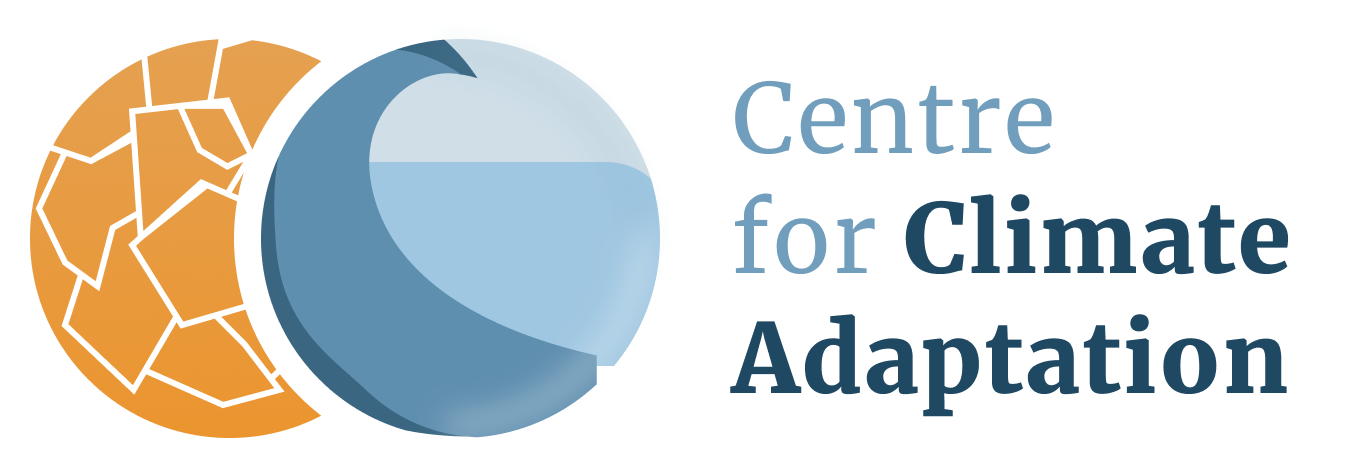Sweden
Biodiversity
Vulnerabilities - Marine, estuarine and intertidal biodiversity
Especially the Baltic Sea is vulnerable to climate change. The possible impact of climate change on biodiversity in the Baltic Sea is presented in a separate page on the Baltic Sea.
Baltic Sea
The Baltic Sea today suffers from eutrophication and from dead bottom zones due to (11,16)
- excessive nutrient loads from land,
- limited water exchange with the world ocean and
- perhaps other drivers like global warming.
The impact of excessive nutrient loads is the most important driver. Without elevated nutrient concentrations, hypoxia would not have occurred during the twentieth and twenty-first centuries (15).
Model simulations (11) suggest that global sea level rise will cause increases in
- frequency and magnitude of saltwater inflows,
- salinity and phosphate concentrations in the Baltic Sea as a direct or indirect consequence of increased cross sections in the Danish straits, and will contribute to
- increased hypoxia and anoxia amplifying the previously reported future impacts of increased external nutrient loads due to increased runoff, reduced oxygen flux from the atmosphere to the ocean and intensified internal nutrient cycling due to increased water temperatures in future climate (12).
Although sea level rise will cause more intense inflows of high saline, oxygen-rich water, hypoxic bottom areas will increase because of increased stratification (11).
The combined impact of changing nutrient loads from land and changing climate during the 21st century for the Baltic Sea region has been assessed, for a moderate (RCP 4.5) and high-end scenario (RCP 8.5) of climate change (14). The scientists found in almost all scenario simulations, with differing nutrient inputs, reduced eutrophication and improved ecological state compared to the reference period 1976-2005. This result is a long-lasting consequence of ongoing nutrient load reductions since the 1980s. Only in case of combined high-end nutrient load and climate scenarios, eutrophication is reinforced. Effects of changing climate, within the range of considered greenhouse gas emission scenarios, are smaller than effects of considered nutrient load changes, in particular under low nutrient conditions. Hence, nutrient load reductions following the Baltic Sea Action Plan will lead to improved environmental conditions independently of future climate change (14).
Vulnerabilities - Fresh water and wetlands biodiversity
Increased temperatures in lakes and watercourses, earlier clearing of ice and increased runoff will add to the leaching out of nutrient salts and humus. The outcome in the form of discoloured water, increased eutrophication and probably increased presence of algae and cyanobacteria will entail poorer water quality and make it very difficult to achieve the environmental objectives (1).
Eutrophication is clearly linked to climate change. The changes to temperature and runoff will probably entail increased levels of nitrogen and phosphorus in Swedish watercourses, which will result in increased algal growth and excessive plant growth. Increases to temperature and runoff will probably also have a negative impact on acidification, although the extent of this impact is uncertain (1).
Higher air temperatures in the winter will lead to the earlier clearing of ice, which will result in better light conditions under water. This in turn will lead to an earlier spring algal bloom and an earlier occurrence of zooplankton. In conjunction with the earlier development of biological life, nutrient sales will also be consumed earlier. Warmer winters can also lead to increased water discolouration due to an increase in microbial activity (1).
The composition of fish and their lifecycles will change. In conjunction with increased summer temperatures, there will primarily be a change in thermal stratification in the water, which can result in oxygen deficiency in the bottom water and a lack of nutrient salts in the surface water. An increase in harmful algal blooms due to more intensive thermal stratification has already been observed. This will probably result in more beaches needing to be closed during extremely warm periods in the summer due to increased bacterial growth. Warming will also result in the spread of non-native species (1).
Climate change will make it much more difficult, although not impossible, to achieve the environmental objectives regarding eutrophication and flourishing lakes and streams. In order to achieve the objectives, the need for action will increase compared to the current situation. This entails for example the need to intensify measures aimed at reducing nitrogen and phosphorus waste from agriculture, airborne fallout and point sources (1).
Vulnerabilities - Terrestrial biodiversity
The treeline is expected to move northward and to higher elevations, with forests replacing a significant fraction of existing tundra, and tundra vegetation moving into polar deserts. Disturbances such as insect outbreaks and forest fires are very likely to increase in frequency, severity and duration, facilitating invasions by non-native species (2).
The mountain areas are particularly sensitive to climate change. The areas of bare mountain in Sweden are expected to decrease substantially when the tree line rises. The tree line rose around 100-150 m in the Swedish mountains in the 20th century, probably due to the changed climate. Downy birch forests will shrink as the snow cover becomes thinner and less permanent. On the other hand, tree species such as pine and spruce will become more dominant along the mountain slopes(3). It is probable that the tree line will rise by several hundred metres more over the next century(1). A 40–60% loss of the current area of mountain vegetation is projected for Scandinavia (4).
Since the early 1950s, the range-margins of mountain birch, Norway spruce, Scots pine, rowan and willows have advanced by 120-375 m in height to colonize moderate snow-bed communities. In the same region the tree-limit has risen by 100-150 m. Studies revealed that, with one exception, the trees in the colonized higher regions germinated after 1987. Since 1988 there has been strong and consistent winter warming, with some very warm summers, and this may ultimately have forced the vegetational changes. Reduced summer snow-retention has favoured seedling establishment and juvenile growth, and mild winters, with reduced risk of frost-desiccation, have enhanced survivorship and height increment. Certain seed-regenerating tree and shrub species have tracked recent climate change quite rapidly. Such species-specific responses may give rise to novel high-elevation vegetational patterns in a hypothetically warmer future world (5).
The climate zones determining the range of the various biomes may move north by 50 to 80 kilometres a decade (6).
Biodiversity and the local presence of plant and animal species – including insects – are affected. New species will gain a foothold in Sweden (1).
Measures for adaptation to a changed climate also risks leading to a negative impact on biodiversity, but the negative effects can be limited. One interpretation of this could be that climate change can be positive for biodiversity in Sweden. In a nature conservation context, however, an increase in the total number of species is no compensation for the possible loss of northern species and species from northern biotopes, as these, due to the absence of large land masses to the north of Scandinavia, often have nowhere to go (1).
Species that are at risk of being greatly affected include those that have few or no routes of retreat, such as Arctic Ocean survivors in the Baltic Sea and in cold, deep inland lakes, species dependent on the land-uplift coast and species tied to the middle and high alpine region in the mountains. Species that are dependent on the now rapidly retiring areas of palsa bog (permafrost) will also disappear (1).
Impacts of arctic climate change will have implications for biodiversity around the world because migratory species depend on breeding and feeding grounds in the Arctic (2).
In Sweden, northern bird species are retracting and southern species are expanding northward (10).
Two studies on Swedish butterfly species showed that the average advancement of the mean flight date was 3.6 days per decade since the 1990s (13). Of the 66 investigated butterfly species, 57 showed an advancement of the mean flight date, which was significant for 45 species.
Tundra
The concurrent increase in the productivity of the tundra, probably due to longer and warmer growing seasons, will in the long run cause northern boreal forests to invade the tundra, while boreal forests at the southern ecotone are likely to retreat due to increasing drought, insects and more prevalent fires (8). Since the rate of loss at the southern ecotone due to relatively fast processes such as fire is likely to be higher than the rate of gain at the northern ecotone due to the slow growth conditions, the overall effect of these two processes for the boreal forests is likely to be negative during the transient phase, i.e. until a new equilibrium between climate and vegetation is established. However, in equilibrium a general increase in deciduous vegetation at the expense of evergreen vegetation is predicted at all latitudes (9).
Adaptation strategies - Fresh water and wetlands biodiversity
Better management practices are needed to compensate for possible climate-related increases in nutrient loading to aquatic ecosystems from cultivated fields in Northern Europe (7).
The increased ground leaching leads to raises in nitrogen concentrations in watercourses of 7–20%, depending on the scenario. … The situation regarding total phosphorus levels is slightly better than for nitrogen levels, although many lakes in southern Sweden require reduced total phosphorus levels in order to achieve good ecological status. If the phosphorus levels increase by 50%, many lakes will experience problems with phytoplankton, and measures will need to be taken in 20–100% of the lakes in southern Sweden. The reduced nitrogen fallout will probably entail that the phosphorus levels will increase more rapidly than the nitrogen levels, which will lead to an increased risk of harmful algal blooms (1).
Adaptation strategies - Terrestrial biodiversity
In a changing climate, there will be a greater need for dispersal corridors and routes of retreat to the north. In order to achieve this, a comprehensive system of natural forest corridors will probably need to be built up. In order to be effective, corridors must also be created in pure production forest, which means that it will take a long time before they are of such a quality that natural forest species can live in them. The corridors and the existing natural forest fragments must then be saved for a sufficient length of time for the desired colonisation and dispersal to be able to take place. Current protection and management strategies therefore need to be reviewed (1).
The EU’s nature conservation policy should be reviewed in order to reflect the fact that natural areas of distribution for biotopes and species will change in a changed climate. The policy should increasingly focus on the creation of corridors and routes of retreat for species that are retreating to the north. During this review, the need for changes to the EU’s Habitats Directive (92/43/EEC), which governs work on the EU’s conservation programme Natura 2000, should be considered (1).
A reasonably narrow focus on the preservation of existing living environments for individual species, which has often led the way in work on biodiversity, needs to be altered so that we move increasingly towards creating conditions for the establishment of desired species at a local level (1).
References
The references below are cited in full in a separate map 'References'. Please click here if you are looking for the full references for Sweden.
- Swedish Commission on Climate and Vulnerability (2007)
- ACIA (2004)
- Ministry of the Environment of Sweden (2009)
- Holten and Carey (1992), in: European Environment Agency (EEA) (2005)
- Kullman (2002)
- Eisenreich (2005)
- Ragab and Prudhomme (2002); Viner et al. (2006), both in: Alcamo et al. (2007)
- Denman et al. (2007); Fischlin et al. (2007), in: Fischlin (ed.) (2009)
- Fischlin (ed.) (2009)
- Elmhagen et al. (2015), in: Scheffers et al. (2016)
- Meier et al. (2017)
- Meier et al. (2011), in: Meier et al. (2017)
- Navarro-Cano et al. (2015); Karlsson (2014), both in: European Environment Agency (2017)
- Saraiva et al. (2019)
- Meier et al. (2019)
- Hepach et al. (2024)




